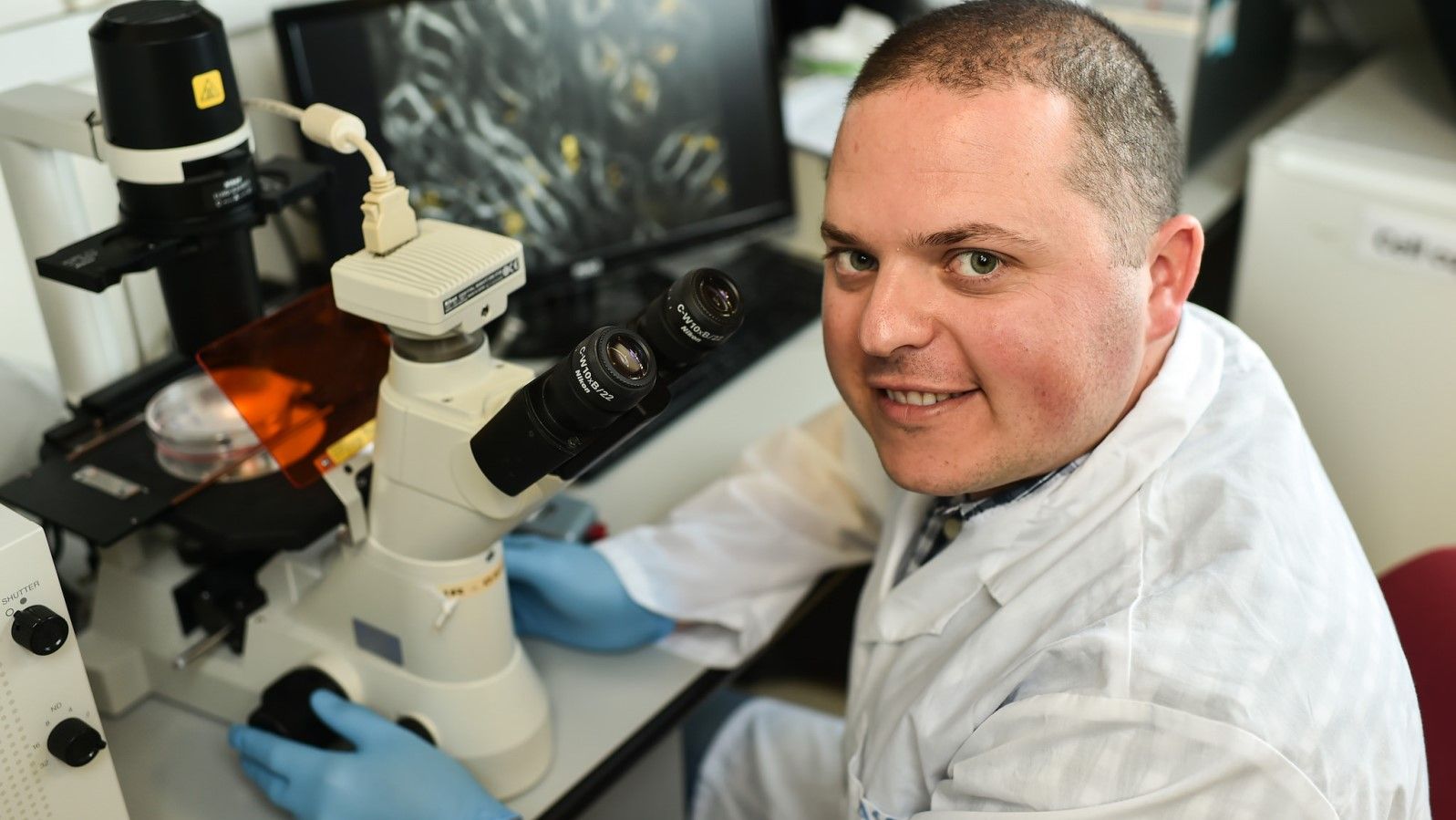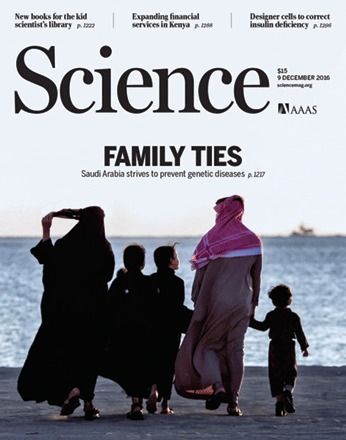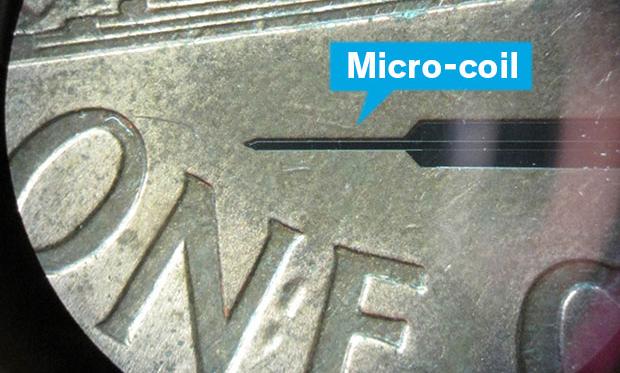In process similar to allergy testing, small quantities of different ‘barcoded’ drugs are tested inside patient’s tumor to determine effectiveness.


Check out the The Longevity Reporter interview with CellAge as they talk about rejuvenation biotechnology.
Innovative new startup Cell Age is using synthetic biology to develop new ways of targeting and removing senescent cells. We caught up with CEO Mantas Matjusaitis for an interview as their first fundraiser goes live on Lifespan.io (find it here)
Could you tell us a little bit about your approach and what makes you different?
We are a synthetic biology company which will use proven proprietary methods to develop tools and therapies to specifically target senescent cells. Early on, we will be focusing on developing novel approaches to identify senescent cells and this will help to screen for new drugs as well as move the field forward in general. Importantly, we will offer our first products for free to researchers from academia, because, in the end, our mission is to help the society and scientific community and we think this is the right way forward. Later on, our tools will be used to make cell-based therapies safer by removing senescent cells before the transplantations. And eventually, we are aiming to help create safe and accurate gene therapies to help fight age-related diseases like osteoarthritis, atherosclerosis and more.

Excercise is the best low cost activity you can do as part of your personal longevity strategy. Here we see data showing it can improve resistance to oxidative stress.
Researchers digging deeper into the mechanisms by which exercise produces benefits have found that it improves the resistance of blood vessels to oxidative stress. With age the presence of oxidizing molecules and oxidative modification of proteins, preventing correct function, increases for reasons that include damage to mitochondria, the power plants of the cell. Oxidative damage to molecular machinery is somewhere in the middle of the chain of cause and effect that starts with fundamental forms of damage to cells and tissues and spirals down into age-related diseases. Near all of this oxidation is repaired very quickly, the damaged molecules dismantled and recycled, but in most contexts more of it over the long term is worse than less of it.
Quote:

Wild.
The expression “once bitten, twice shy” is an illustration of how a bad experience can induce fear and caution. How to effectively reduce the memory of aversive events is a fundamental question in neuroscience. Scientists in China are reporting that by transplanting mouse embryonic interneurons into the brains of mice and combining that procedure with training to lessen fear, they can help to reduce the fear response. The study is being published December 8 in Neuron.
“Anxiety and fear-related disorders such as post-traumatic stress disorder [PTSD] cause great suffering and impose high costs to society,” says Yong-Chun Yu, a professor at the Institutes of Brain Science at Fudan University in Shanghai and the study’s senior author. “Pharmacological and behavioral treatments of PTSD can reduce symptoms, but many people tend to relapse. There’s a pressing need for new strategies to treat these refractory cases.”
In the study, the researchers used traditional conditioning to instill fear in the mice. They exposed them to a sound as a neutral stimulus, followed by a mild shock to the foot. To determine the level of fear, they measured the amount of time the mice exhibited freezing behavior–the natural sympathetic fear response in prey animals that is indicated by crouching. They then conducted fear extinction training, in which the mice were exposed to the sound but not the shock. After a few rounds, the freezing response times were significantly reduced.


Gene therapy techniques were used to insert a peptide into cultures of human cancer cells that blocked their ability to use the enzyme Hypoxia-inducible factor-1, a heterodimeric transcription factor that enables cell survival under low oxygen conditions by altering the transcription of over 300 genes.
Hypoxia inducible factor-1 (HIF-1) is a heterodimeric transcription factor that acts as the master regulator of cellular response to reduced oxygen levels, thus playing a key role in the adaptation, survival, and progression of tumors. There is significant evidence that inhibition of HIF-1 would be beneficial for cancer therapy, since tumor cells must thrive in a microenvironment characterized by lack of oxygen. In previous work, investigators at the University of Southampton (United Kingdom) discovered a cyclic hexapeptide (cyclo-CLLFVY) that inhibited the HIF-1alpha/HIF-1beta protein–protein interaction in vitro and prevented HIF-1-mediated hypoxia-response signaling in cells. This cyclic peptide was identified by screening a library that contained more than 3.2 million compounds.
With a view to demonstrating the potential for encoding the production of a therapeutic agent in response to a disease marker, the investigators engineered human cells with an additional chromosomal control circuit that conditionally encoded the production of the cyclic peptide HIF-1 inhibitor. They then demonstrated the conditional production of the HIF-1 inhibitor in response to hypoxia, and its inhibitory effect on HIF-1 dimerization and downstream hypoxia-response signaling.


A severely brain injured woman, who recovered the ability to communicate using her left eye, restored connections and function of the areas of her brain responsible for producing expressive language and responding to human speech, according to new research from Weill Cornell Medicine scientists.
The study, published Dec. 7 in Science Translational Medicine, began 21 months after Margaret Worthen suffered massive strokes, and her continuing recovery was tracked for nearly three years. The research signifies the first time that scientists have captured the restoration of communication of a minimally conscious patient by measuring aspects of brain structure and function before and after communication resumed. It also raises the question of whether other patients in chronic care facilities who appear to be minimally responsive or unresponsive may harbor organized, higher-level brain function.
“From the beginning of Margaret’s attempt to communicate, through the course of our study, we were able to show reorganization of the areas of her brain responsible for expressive language, as well as an exceptionally large change in the correlation across the brain areas in response to human speech,” said study lead author Daniel Thengone, the Fred Plum Fellow in Systems Neurology and Neuroscience in the Feil Family Brain and Mind Research Institute at Weill Cornell Medicine. Adds senior study author Dr. Nicholas D. Schiff, the Jerold B. Katz Professor of Neurology and Neuroscience in the Feil Family Brain and Mind Research Institute: “This is a unique demonstration of plastic change in the brain of an adult starting years after a severe brain injury. We showed a convergence of measurements over years and at multiple time points, revealing an evolving biological process of recovery.”
